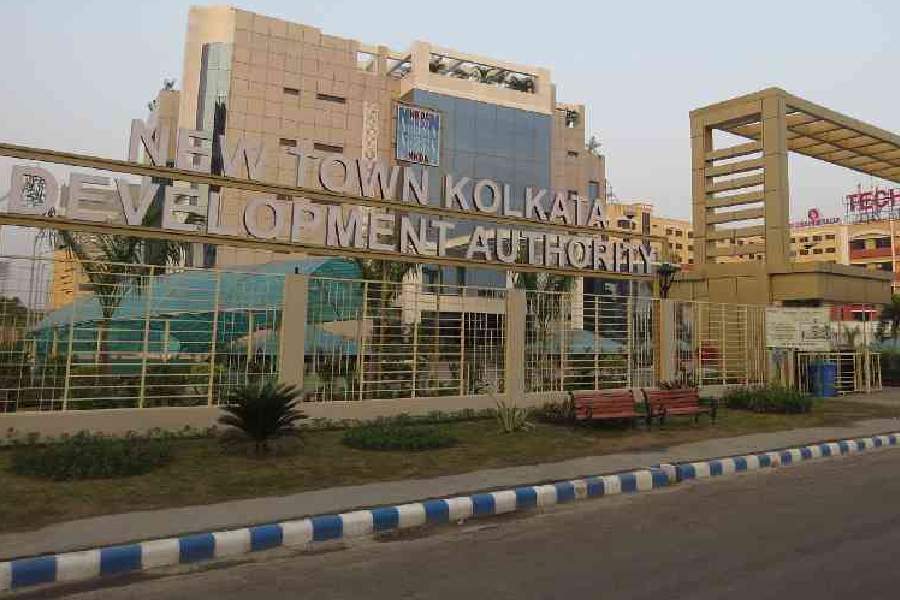The New Town authorities are setting up three disaster management units for the three action areas, an official of the New Town Kolkata Development Authority (NKDA) said.
The NKDA provides civic services in New Town.
A senior NKDA official said that the decision to have three teams dedicated to each action area was taken keeping in mind that the city often gets lashed by thunderstorms.
“We have decided to have three teams for New Town that can be pressed into service in case of any disaster, particularly storms at a very short notice,” said the official.
In Calcutta, storms often leave a trail of destruction. At least 120 trees had been uprooted in and around the city when Cyclone Remal made landfall on May 27.
The NKDA official said that each of these units will be equipped with power-cutting tools such as electric chain saws, hydraulic earthmovers, payloaders, dump trucks and trained personnel who can be deployed in case of thunderstorms and cyclones.
The official said that these teams can also be pressed into service to aid first responders such as the fire and emergency services department in case the need arises.
Each of these teams will be stationed in NKDA offices of action areas I, II and III where adequate parking space can be arranged.
“These teams will form the core of the disaster management unit and if need be depending on the scale of the storm more manpower can be deployed,” the official said.
New Town has one advantage over the rest of the city as the authorities here don't allow any advertising panels with steel frames and the street lights as well as other street furniture are largely free from any overhead cable.
“We do not allow advertising on the Main Arterial Road. Stringent rules are in place even in the lanes off the arterial road,” said an NKDA official.
This is one of the reasons why lamp posts don't topple over as they don't have to bear the weight of cables wrapped around them.
West Bengal is set to become the 60th most climate risk-prone region in the world by 2050 among the more than 2,600 regions across the world that have been studied, says a global report (XDI’s Gross Domestic Climate Risk) published recently.











